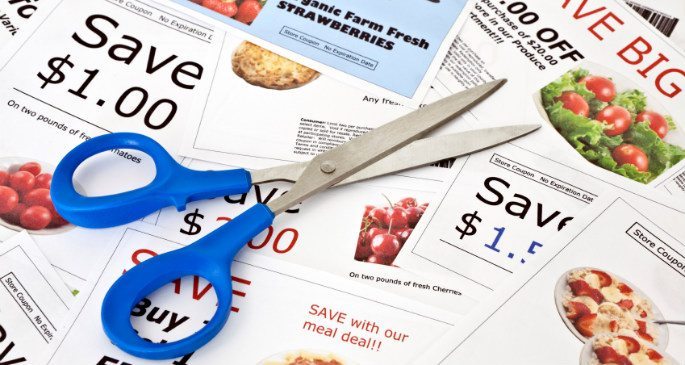The hidden benefit of coupons in print advertising
Print advertising may be old school for some, but for others, it is still a vital media channel.
This is especially true for local businesses which continue to rely on local newspapers to reach local audiences.
The problem is most local advertisers continue to run brand-building ads with no call to action and no way to measure effectiveness.
The exceptions are those retail advertisers that use discount coupons in print advertising to incentivize customers to come to their stores.
These coupons serve two purposes – (1) to motivate a visit and (2) to measure the effectiveness of their advertising.
By placing codes on the coupons, retailers can see not only which coupons are most effective, but where the coupons are coming from. It allows for smarter media planning down the road.
Using coupons for lead generation too.
You don’t need to be a retail business to measure your print advertising.
Pretty much all local businesses – contractors, home services, business services, professional services – can use print advertising to generate leads.
So instead of offering “10% off” or “buy one get one free,” use your print advertising to offer a free white paper, e-book, tip sheet or how-to guide. Offer whatever you think will be of interest to your target audience.
It’s proven fact of direct response that the offer is what drives response. Put the right offer in front of the right audience and you will have success. Everything else is secondary.
Make this offer the centerpiece of your ad.
Most ads that do include offers tend to place the offer and call to action at the bottom of the ad – easily missed by most readers.
A better approach is to put the offer at the top and make it the centerpiece of your ad.
And give readers instructions on how they can get it. You can ask them to call for it, email for it or visit your website and download it. The more options the better.
To improve the chances of readers noticing your offer, show a thumbnail photo or illustration of it. And place your call-to-action instructions beside the image.
Then, put the whole thing inside a dotted line coupon.
Don’t misunderstand. We’re not expecting people to cut out the coupon and mail it to your business. That was how it was done many years ago before the internet. Prospects would actually clip and fill out the coupon, put it an envelope and mailed it to the business.
Today, though, most readers who want to respond are likely to go to your website (or a dedicated landing page) to fill out a form and download the offer. So might call you but most prospects want to avoid talking to someone.
So why the coupon?
A dotted-line coupon will help get your offer noticed. It’s an eye-catching design element (although you might get some push back from your graphic designer).
More importantly, we have all become accustomed to seeing coupon in advertising – and we know intuitively what it is asking us to do.
It’s asking us to respond. (There’s something about those dotted lines.)
Originally posted on McCarthy & King Marketing Inc.






